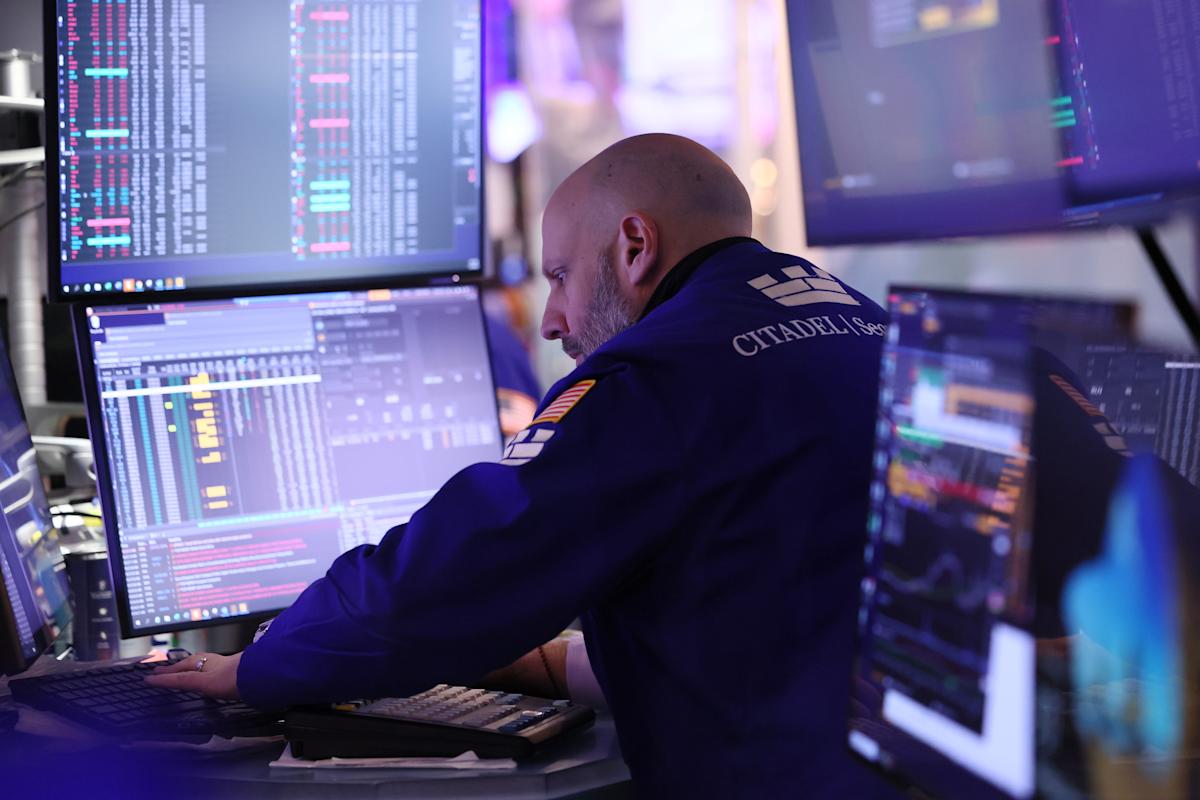
The financial world is currently facing what could be described as a tumultuous period, particularly highlighted by recent developments affecting the S&P 500. This week marked the weakest performance for the index since September, largely rattled by potential tariff implications from former President Donald Trump. These tariffs have reignited concerns about international trade relations and their subsequent impacts on U.S. markets, leading to increased volatility and uncertainty among investors.
As global markets took a downward turn, analysts were quick to link this downturn to Trump’s renewed approach to tariffs, reflecting his administration’s earlier strategies that drastically shaped international commerce. Concerns surrounding inflation, rising costs, and potential recessionary pressures have often flared up whenever tariff discussions arise, leading many to wonder how this time might differ. The markets reacted sharply to the renewed chatter, causing the S&P 500 to struggle, amidst growing anxiety over potential economic repercussions.
This downward trend coincided with the release of the latest jobs report, which added a layer of complexity to the economic landscape. The report showed that the U.S. labor market remains resilient, with the construction industry adding 19,000 jobs in February, a notable increase following a modest gain in January. The construction sector had its strongest month of growth since the third quarter of 2024, hinting at the possibility of a robust economic recovery.
However, this growth narrative is not without its contradictions. The construction unemployment rate experienced a rise to 7.2%, significantly higher than the overall national unemployment rate of 4.1%. Anirban Basu, the chief economist for the Associated Builders and Contractors, provided insight into this paradox. He noted that the increase in unemployment within the construction sector actually signals a healthy labor market, suggesting that supply can meet the demand for labor.
While it’s encouraging to see job growth in construction, Basu also highlighted a potential threat to this upward momentum. The impacts of federal job and spending cuts proposed under departments striving for increased efficiency could add uncertainty that may eventually affect construction activity. He warned that any adverse effects have not yet materialized in current employment data, but the looming cuts could eventually cast a shadow over the construction industry.
Amid these shifts, investor sentiment remains cautious. The juxtaposition of steady job growth against rising unemployment in a key sector serves only to amplify fears about economic sustainability. Investors are likely to keep a vigilant eye on both the S&P 500’s performance and labor market trends as they navigate this uncertainty.
Moreover, the broader implications of tariff policies under Trump’s renewed influence also raise pertinent questions about international relations. Tariffs can have a cascading effect, not just on commodities but also on consumer prices, which may ultimately influence spending behaviors. The economic policies that shape such decisions create a significant ripple effect through industries, making it essential for stakeholders to monitor these developments closely.
As the news unfolds, one cannot overlook the stories of individual workers and businesses affected by these macroeconomic changes. Workers in construction and related industries face a dual challenge: the opportunity of newly created jobs versus the risk of layoffs should government spending cuts take hold. Companies, too, must weigh these factors as they make decisions about hiring, investment, and expansion.
The complexity of this situation demands a multi-faceted approach to understanding its layers. On one hand, there’s cautious optimism stemming from job growth and a strong construction sector. Yet on the other, fears of economic downturns fueled by tariff policies provoke a rethink of investment strategies and business operations.
In considering the future, economists, policymakers, and business leaders will need to engage in open dialogues about sustainability in growth and the potential implications of international trade policies. Collaboration will be essential to ensure that any changes made do not stifle growth opportunities or lead to undue harm for those in vulnerable sectors.
Ultimately, as markets and economies navigate these turbulent waters, staying informed will be crucial. Engaging with the latest reports, relying on expert analysis, and adapting to the rapidly changing landscape will empower stakeholders to make informed decisions.
The S&P 500’s performance this week serves as a reminder of the fragility of markets and the interconnectedness of economic systems. As investors navigate through these changes, they must remain vigilant and proactive, ensuring that they are ready to adapt to new challenges and opportunities that arise from both domestic conditions and international relations.
In conclusion, while the recent shift in the S&P 500 may appear alarming, it can also be perceived as a vital learning point for businesses and individuals alike. Understanding the underlying causes and effects will empower us all to make more informed choices moving forward, regardless of the political and economic climate. As we continue to monitor this unfolding story, we must remain hopeful yet prepared for the uncertainties that lie ahead.
Source link









